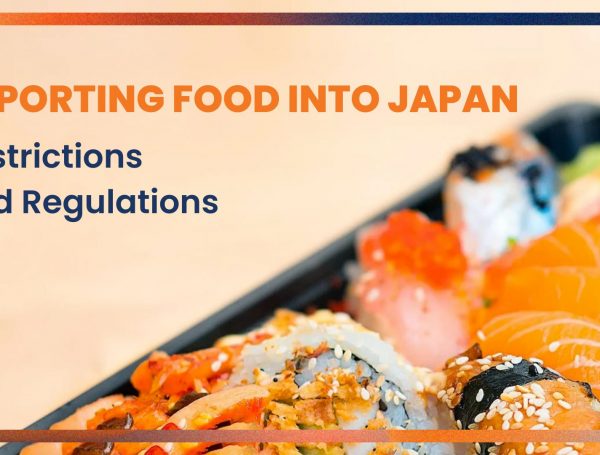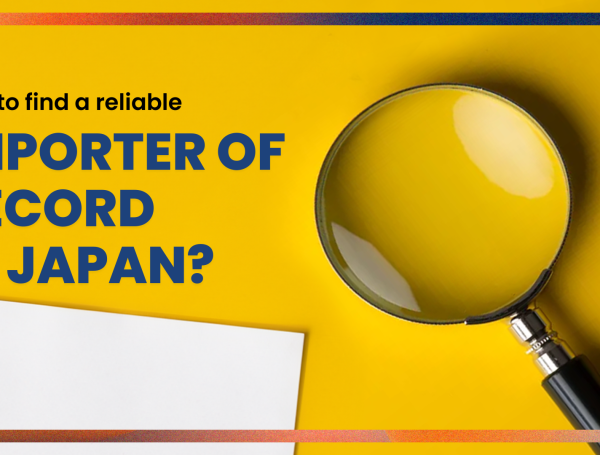
June 26, 2025

June 19, 2025

June 13, 2025

June 6, 2025

May 30, 2025

May 16, 2025

May 9, 2025

May 2, 2025

April 25, 2025

April 23, 2025

April 18, 2025

April 10, 2025

April 3, 2025

March 24, 2025

March 14, 2025

March 6, 2025

February 28, 2025

February 20, 2025